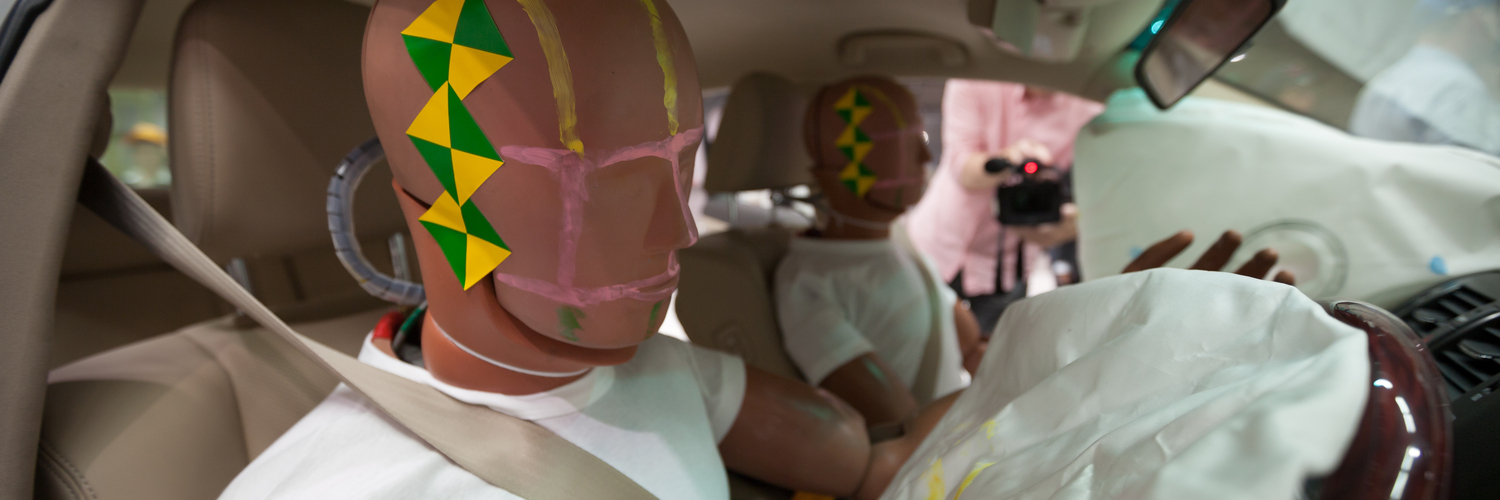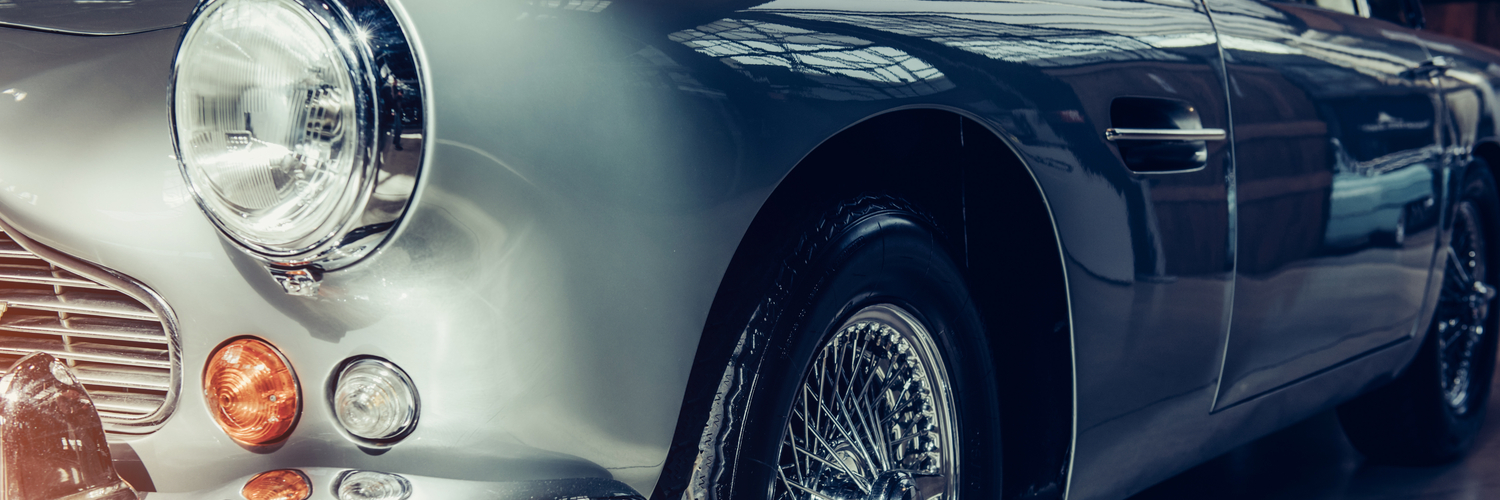There are a number of safety modifications that can affect classic car insurance. Modifying a classic car must be done with care and skill if you want to preserve the original look and feel, but doing so can totally transform the driving experience for the better.
But are safety modifications on classic cars necessary? After all, most classic cars are second cars, that are only driven a few times a year.
Well… yes.
A test by industry body Thatcham Research in 2017 compared a modern-day crash test with a 1997 Rover Metro 100 and a 2015 Honda Jazz.
If you’re in the Jazz at 40mph and crash, you’ll limp away with a story to tell. If you were in the Metro on the other hand… let’s just say you’d better have your affairs in order. And this is from a car from 1997! Imagine a classic 1960s E-Type.
The problem is that we have better ways of building cars today in order to ensure safety and very few of them can be retrofitted into classic cars.
The odds of being involved in a road accident while driving are around 1 in 200, so even if you only drive your classic car a few times a year, you run the risk of being involved in an accident in a car that is not as safe as your everyday car.
That being said, there are a number of safety modifications you can make to your classic car to make it safer and easier to drive, without impacting the classic look.
Modernising classic cars
Modifying a classic car for safety comes down to a question of authenticity versus making your vehicle safer. Much like adding seat belts to your classic, it’s an ongoing debate with enthusiasts at club meets and on forums as to whether you “should” modify your car this way.
Some people think that modifying a classic car is somehow a betrayal of the engineering and history of the vehicle. Others say that the addition of modern engineering can take a classic car to a level it could never have achieved back in the day.
Types of modifications to classic cars include resprays and other aesthetic changes, brakes, steering and engine replacements, and even ECU remapping.
Original colour and new colour re-sprays
From a collector’s perspective, re-sprays should only be done to restore the original colour or touch up and improve it. You’d be surprised how much a re-spray can affect the value.
As such, re-spraying your classic car can also affect your insurance premium and is classed as a modification. An expensive, high-quality re-spray could increase the value by a couple of thousand pounds, so in turn, the risk of theft and repair costs will be higher to the insurer.
ECU remapping for classic cars
In the eyes of HMRC, a “classic car” is defined as a car being over 40 years old. However, the classic car community is more flexible on this issue. The definition of a classic car is often subject to opinion and taste. As such, some newer cars have made the move into the classic car realm. These cars are often fitted with some sort of ECU, which can be remapped to improve performance.
Updating headlights
The sealed-beam units on older cars don’t throw as much light as the later halogen headlights, or the high-intensity discharge (HID, aka xenon) lights. Replacement kits are available for some models that swap the old lights with halogens or HID lights without changing the appearance. This gives you the best of both worlds – making your classic car safer without impacting its style.
Can airbags be installed in classic cars?
It is not advised to attempt to retrofit airbags into a classic car. Unlike modern cars that are designed to accommodate airbags, classic cars are a liability. Even if you could fit airbags behind panels, there is no guarantee that they will deploy in the event of a crash.

Power steering for classic cars
Many classic cars lack the benefit of power steering. Power steering reduces the amount of effort required to turn the wheel, especially at low speeds, so it makes classic cars a lot more drivable. Power steering is pretty much what it sounds like: a power steering system helps the driver turn the wheels using hydraulic or electric power (or both).
The system may just provide a helpful push or it may do all the work itself in response to the motion of the steering wheel; either way, turning a vehicle with power steering requires less effort than it otherwise would. This gives you more control over your steering, making your classic car much safer to drive.
Whether or not you choose to modify your classic car is a decision that only the owner can make. Some people cherish the truly “authentic” experience. Others may enjoy their mod cons enough to try and get the best of both worlds.
You might think that insuring a classic modified car is difficult, but it isn’t. Insuring your classic with a specialist insurer will give you the best price on a quote. To get the most representative price, make sure you tell your insurer about your modifications, no matter how trivial they may seem.
Speak to an insurer who understands the risks involved, and your wallet shouldn’t be hit too badly. We understand the importance of keeping a treasured car safe, so we do our best to cover all eventualities.
Find out more about our modified car insurance and classic car insurance.


